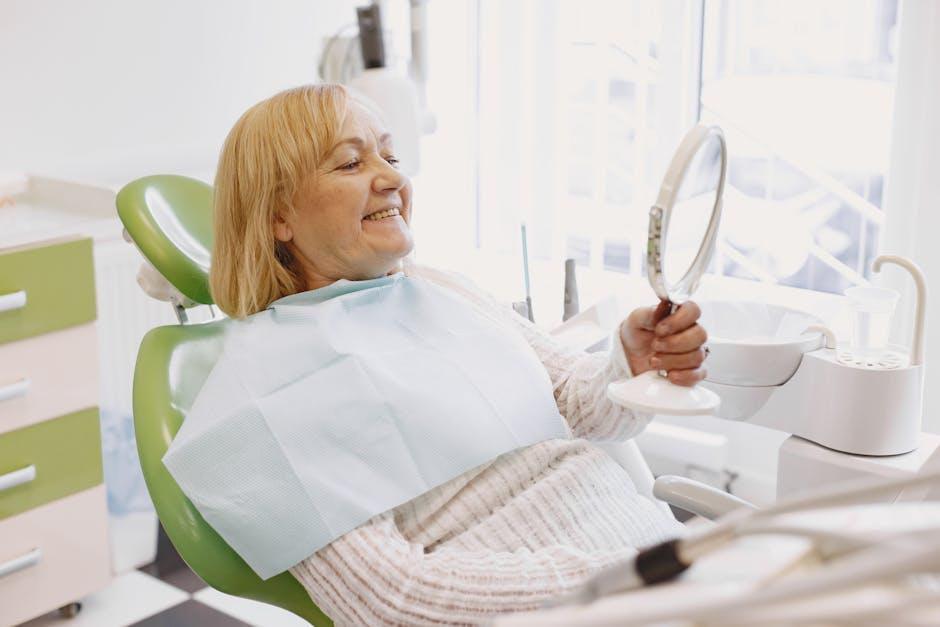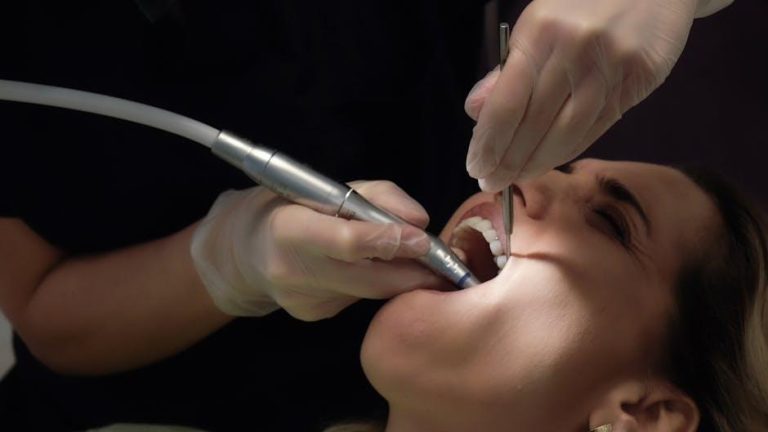
New Report: 72 Million Adults in the US Lack Dental Insurance, Nearly Three Times the Number Without Health Insurance
Published by Business Wire, this striking new report highlights a significant coverage gap in the United States’ healthcare system—dental insurance accessibility.
Introduction: The Overlooked Crisis in Dental Coverage
Dental health is a crucial component of overall wellbeing, yet millions of adults in the United States remain uninsured against dental expenses. According to a recent report published by Business Wire, about 72 million adults lack dental insurance, a figure that is nearly three times greater than the number of adults who lack general health insurance coverage. This alarming disparity raises urgent questions about how dental care accessibility is impacting public health and what can be done to address this widespread gap.
Key Findings from the Business Wire Report
The report sheds light on several critical statistics and trends that define the current dental insurance landscape:
- 72 million adults without dental insurance: This is roughly 28% of all adults in the U.S.
- Approximately 26 million adults lack health insurance: Highlighting the disproportionate gap in dental versus general health coverage.
- Demographic disparities: Lower-income individuals and certain minority groups are disproportionately affected.
- Rising dental costs: Without insurance, out-of-pocket dental expenses have become a financial burden for many adults.
- Preventive care decline: Lack of coverage leads to fewer routine dental visits and more untreated dental issues.
Why Does Dental Insurance Gap Matter?
Understanding the impact of lacking dental insurance clarifies why this is an urgent public health concern.
The Link Between Dental and Overall Health
Poor oral health is linked to many systemic conditions, such as cardiovascular disease, diabetes, respiratory infections, and complications during pregnancy. Without dental insurance, adults are less likely to seek preventive dental care, increasing the risk of suffering from serious health complications.
The Financial Barrier to Dental Care
Unlike health insurance, dental insurance is often less comprehensive and not always bundled together with medical coverage. This leads many adults to avoid necessary dental visits due to high costs, causing little problems to evolve into costly, complex procedures.
Dental Insurance vs Health Insurance: A Comparison
| Aspect | Dental Insurance | Health Insurance |
|---|---|---|
| Coverage Scope | Primarily preventive and dental procedures | Broad medical care, emergencies, hospital stays |
| Typical Annual Premium | $300 – $600 on average | $4000+ depending on plan and region |
| Out-of-Pocket Costs | Often includes copays and deductibles; exclusions common | Varies widely; usually higher max out-of-pocket limits |
| Enrollment Access | Frequently offered by employers or privately purchased | Often employer-provided or government-funded |
Benefits of Having Dental Insurance
Dental insurance not only makes oral health care affordable but also encourages consistent preventive practices. Some of the key benefits include:
- Routine exams and cleanings: Most plans cover 100% of preventive services, reducing long-term costs.
- Lowered out-of-pocket expenses: Helps protect against expensive procedures like root canals, crowns, and orthodontics.
- Improved health outcomes: Early detection of oral diseases potentially reduces the risk of heart disease, diabetes, and stroke.
- Peace of mind: Reduces financial stress related to unexpected dental emergencies.
Practical Tips to Manage Dental Care Without Insurance
For the 72 million adults without dental insurance, maintaining oral health can feel challenging, but there are proactive ways to access affordable care.
- Use dental discount plans: These plans provide reduced rates for procedures even without insurance coverage.
- Seek care at dental schools: Dental students offer supervised, low-cost treatments.
- Prioritize preventive care at home: Regular brushing, flossing, and a healthy diet can reduce the risk of dental problems.
- Look for community clinics: Nonprofit clinics often offer sliding scale fees based on income.
- Ask for payment plans: Many dentists offer financing options to spread out costs over time.
Case Study: How One Adult Overcame Barriers to Dental Care
Emma’s Story: Emma, a 34-year-old freelance graphic designer, went without dental insurance for years due to her freelance status. When she began experiencing severe tooth pain, she was initially hesitant to seek treatment due to high costs. After discovering a local dental school clinic, Emma was able to receive a root canal treatment at a fraction of the typical cost. She also enrolled in a discount dental plan to help cover future visits. Emma’s experience underscores the importance of alternative dental care options for uninsured adults.
Conclusion: Closing the Dental Insurance Gap is Critical for America’s Health
The new report highlighting that 72 million US adults lack dental insurance reveals a significant and often overlooked healthcare disparity. With dental health closely tied to overall wellness, improving access to affordable dental coverage must become a priority for policymakers, employers, and healthcare providers alike.
While dental insurance coverage options continue to evolve, individuals without insurance can still take meaningful steps to protect their oral health through preventive measures and affordable care alternatives. Increased awareness and action are key to ensuring healthier smiles and healthier lives across the nation.


